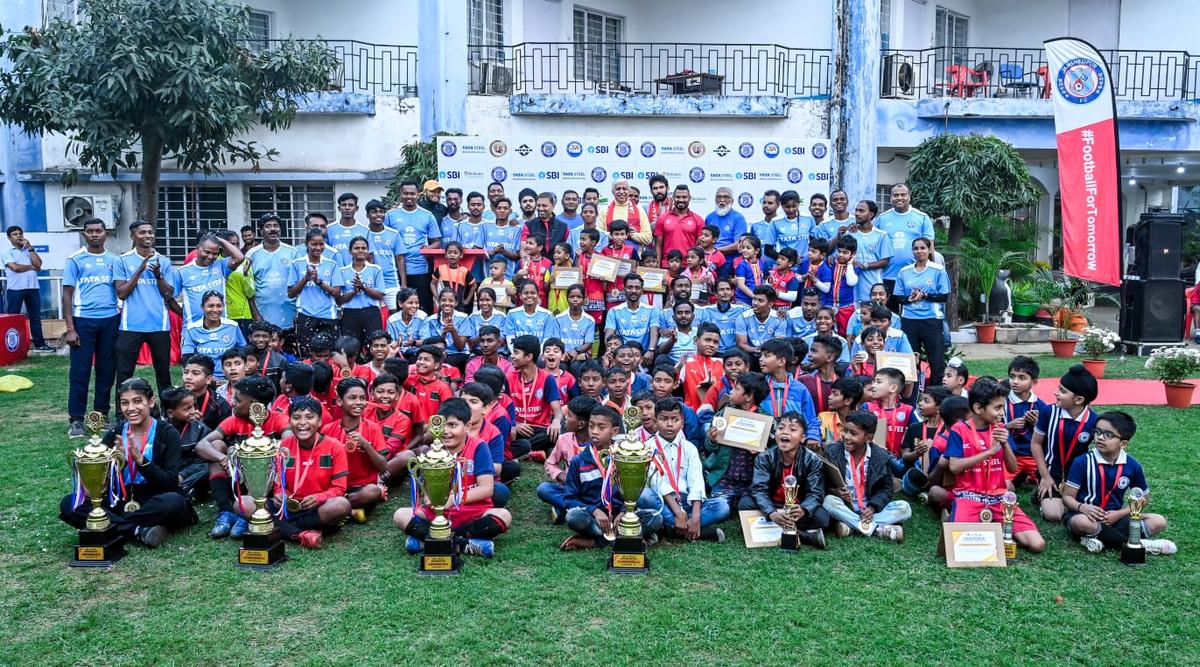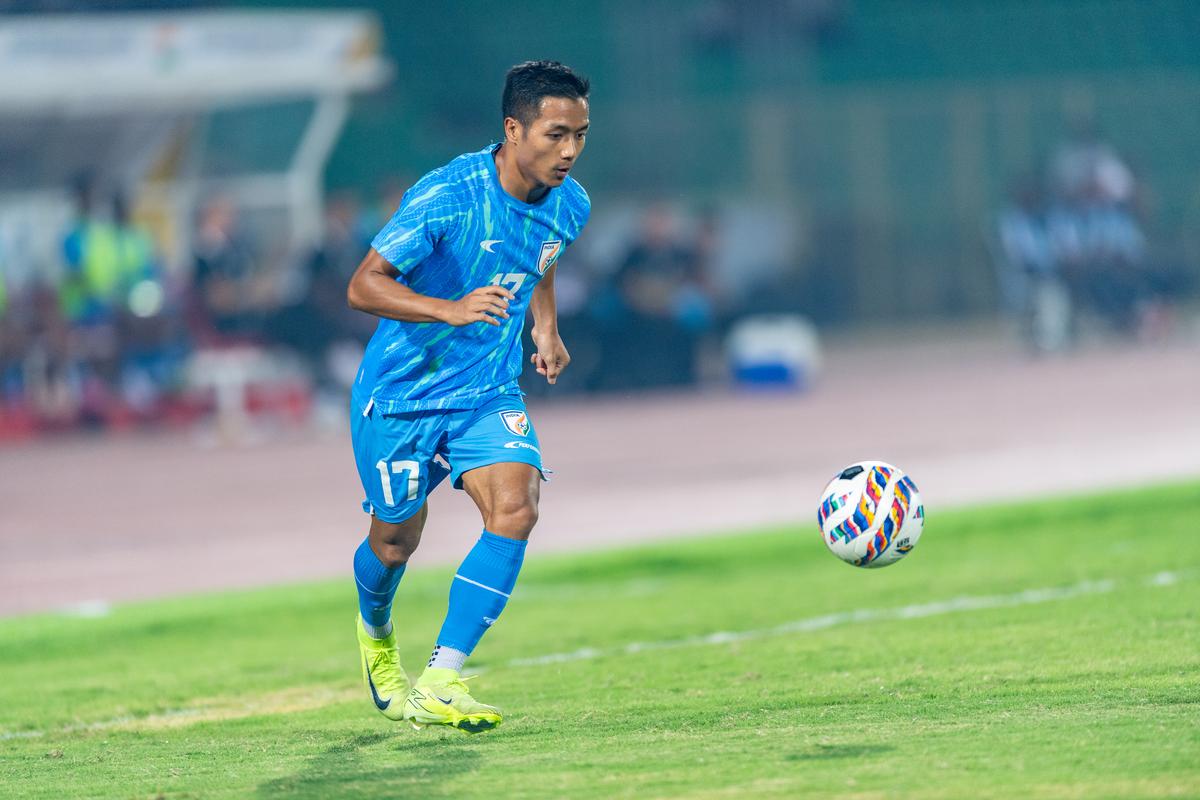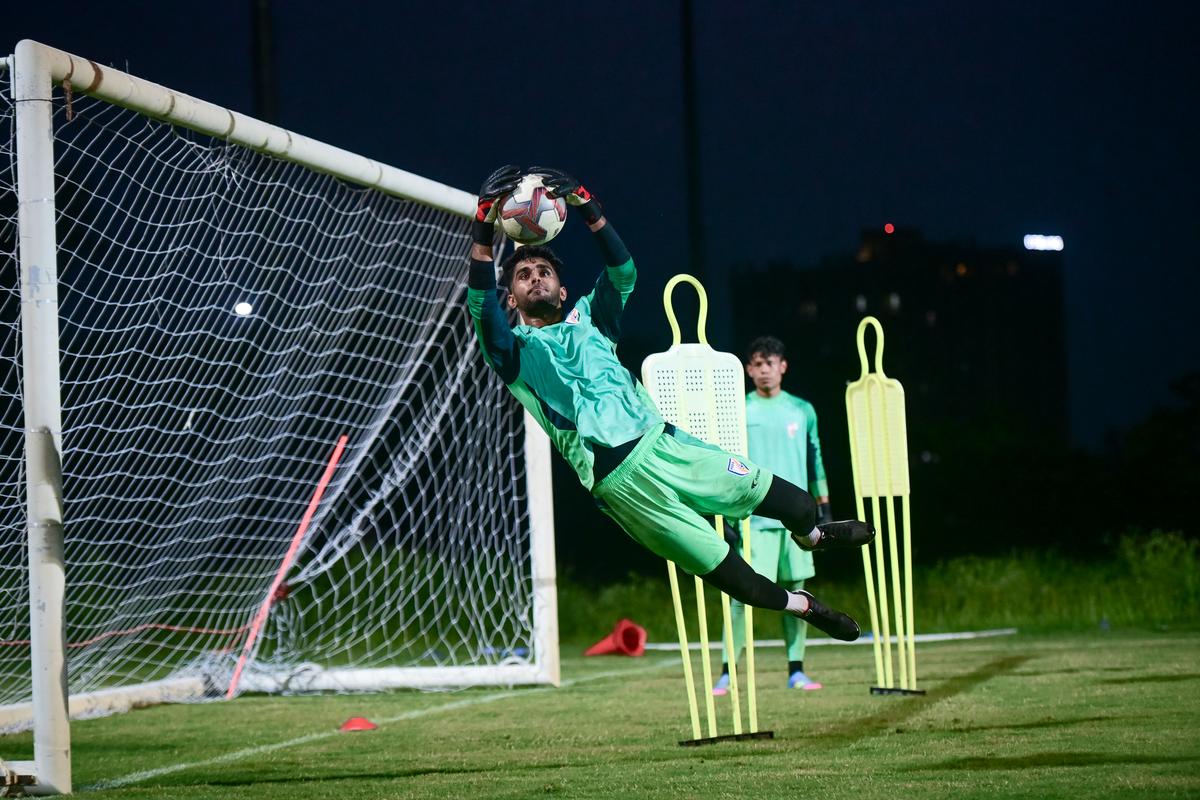India’s Grassroots Football System Is Broken — Can It Be Fixed?
Indian football, once termed the ‘sleeping giant of Asia’, now basks in its reflected glory.
A FIFA ranking outside the top 120, no competitive wins in nearly two years, and a quagmire in the domestic setup — India languishes in one of the darkest chapters of its footballing history.
But is there a way out of the dungeon?
There are two ways to go about it from here — use foreign imports of Indian descent for quick success, or strengthen the grassroots to create an assembly line for a better future.
While the former remains partially outside the All India Football Federation’s (AIFF) purview — it would require a rule change by the Central Government — the latter has seen Asian countries like Uzbekistan and Japan reach the pinnacle of international football, the FIFA World Cup, through grassroots development.
“Academies are not just meant to build players; they are long-term assets for the country,” Subrata Paul, the director of the national team, tells Sportstar. “They are the heart and soul of a country’s footballing future.”
So, why has it not been successful in transforming India?
A late start
The Long-Term Athlete Development (LTAD) plan, developed by sports scientist Dr. Istvan Balyi, is one of the most globally accepted models for youth development, in football and otherwise.
Stage 1: Active Start (0-6 years old)
Stage 2: FUNdamental (6-9)
Stage 3: Learn to Train (9-12)
Stage 4: Train to Train (12-16)
Stage 5: Train to Compete (16-19)
Stage 6: Train to Win (19+)
Stage 7: Active for Life (any age)
Accordingly, most academies in leading footballing countries admit recruits from Stage 2 — having scouted the best from Stage 1 — typically at the age of six. Case in point — La Masia (Barcelona), Ajax Amsterdam, and Bayern Munich. Spain and Barcelona sensation Lamine Yamal joined La Masia when he was seven.
In India, the starting age for football academies is typically 12 — double the global standard — missing an entire stage of cognitive and physical development.
“I believe India has always invested a lot in education. But football is not like any other job. Unfortunately, it starts at a very young age. You cannot start to play football at 15 years of age. You have to start at 5-6 years because you have to find your feet,” former Arsenal manager Arsene Wenger had said during his visit to India two years ago.
“When we started, we kept the minimum age at eight. But there are no competitions. I can’t keep training them all day without testing them,” rues Ranjit Bajaj, the founder of Minerva Academy, one of the few to field teams in every age-group tournament in India.
“It’s hardly productive. So, we eventually moved to 12.”
Though the country now has a league for kids between ages 6-12, called the Golden Baby Leagues (GBL), the matches are anything but competitive and are fairly low in number. For instance, an I-League or Indian Super League (ISL) team is mandated to play 21 matches in GBL to secure its license. At La Masia, the number of matches ranges from 40 to 55, and based on the players’ ability, they are promoted.

Foundational football: The Golden Baby Leagues is a long-term player development initiative designed to nurture a new generation of footballers — boys and girls — by introducing them to the game at the youngest age possible.
| Photo Credit:
AIFF MEDIA
Foundational football: The Golden Baby Leagues is a long-term player development initiative designed to nurture a new generation of footballers — boys and girls — by introducing them to the game at the youngest age possible.
| Photo Credit:
AIFF MEDIA
“I was talking to a goalkeeper from Tajikistan during our latest trip there,” says Priyansh Dubey, the goalkeeper of India’s U-23 side.
“He told me that he started playing when he was six or seven. That’s what makes them better. When I started playing (at the age of 12), they had already trained for four to five years.”
The coronavirus pandemic only made things worse.
Over the last 10 years, the U-17, U-15 (started in 2015), and U-13 (started in 2017) leagues ran until 2019, when COVID-19 halted them temporarily.
The last two returned four years later, while the U-17 tournament resumed a year prior. In a country that starts developing players six years late, that’s a decade of football development lost.
Subroto Cup, India’s oldest school football tournament, has also suffered. Madhyamgram High School, the record seven-time winner of the U-17 tournament, has failed to reach the finals since 1996. Once the launchpad for future India stars like Shyam Thapa, Bhaichung Bhutia and Bruno Coutinho, it is a shadow of its past — mired in controversies, with five teams disqualified last year for fielding overage players.
The scouts of ISL clubs, these days, prefer AIFF Junior (U-17) and sub-junior (U-15) tournaments over the Subroto Cup.
Inconsistent presence of academies
The presence of academies across all age groups has also been inconsistent. According to the AIFF, there are 94 accredited academies.
But the ones that have consistently participated in all four age-groups — U-13, U-15, U-18, and U-21 — over the last 10 years and at the national level are just 10, a mere 10.6 per cent.
Clubs with consistent participation across all four age-groups (2015–2025)
Reliance Foundation Young Champs (RFYC)
Minerva Academy
Sudeva Delhi FC
Bhaichung Bhutia Football Schools (BBFS)
Tata Football Academy (TFA, now called Jamshedpur FC Academy)
Madras FC (formerly FC Madras)
Bengaluru FC Academy
Kerala Blasters FC Academy
FC Goa Academy
Chennaiyin FC Academy
There are two main reasons here. Firstly, the scheduling of age-group tournaments and the criteria have not remained uniform — an updated set of rules has been released before each season in the last decade.
Secondly, a lot of old academies — DSK Shivajians, JCT Mills, Mahindra FA, and the AIFF’s own academy side, the Indian Arrows — have gone defunct, while several new ones — Punjab FC (since 2020), Mumbai City FC (since 2022), and the AIFF-FIFA Academy — have come up or ramped up their operations across age-group tournaments.
JCT Mills had once honed India’s record goalscorer Sunil Chhetri, while Lallianzuala Chhangte, one of India’s best wingers at the moment, is a Shivajians’ product.
“If they had continued, they could have helped produce a lot more players. To have an academy, it’s not easy to sustain one,” laments Renedy Singh, former India captain and a graduate of the TFA’s second batch in 1996.
“Back then, TFA was the only major academy. We had foreign exposure trips every year, the best training, and there were a few coaches who used to come from abroad. For me, TFA gave us the lifeline; all thanks to Ranjan (Bhattacharya) sir, (Mohammed Habib) Habib sir and PK Banerjee sir, who was the director.”
“There was a time when 10 out of the 11 players in India’s U-19 team were from TFA, including me. We played against Japan, Qatar, China and Bangladesh,” Renedy adds.
From 1992 until 2022, 273 cadets have graduated from TFA — 147 of them have played for India, with 24 leading the Blue Tigers. However, the number of national team players from the academy has fallen drastically — from 17 in the first batch to just four in 2022.
The academies of ISL clubs, on the other hand, have failed to be the primary feeder for the senior team. In the last 12 months, 43 players have been called up for the national camp. Only 13 of them came through ISL clubs’ academies.

Lallianzuala Chhangte, one of India’s best wingers at the moment, is a product of the now-defunct DSK Shivajians FC.
| Photo Credit:
AIFF MEDIA
Lallianzuala Chhangte, one of India’s best wingers at the moment, is a product of the now-defunct DSK Shivajians FC.
| Photo Credit:
AIFF MEDIA
Exposure trips have also played an important role. Minerva won the U-13 Gothia Cup in Sweden two years ago, while RFYC has had trips to Malaysia and Japan.
“I think the best example is when we went to the SuperMokh Cup in Malaysia. In 2022, we lost 0-8 and 0-7 in the U-14 category. Two years later, we won against two of the best academies in Malaysia in the same section,” Robert Roelofsen, RFYC’s Head of Youth Development, says.
“Playing abroad makes it easier to play in India rather than keep playing here. I let in some soft goals in Japan last year (SANIX Cup 2024). That gave me an idea about what I was doing wrong,” Priyansh remembers.
“I worked on them, and when I came back to India, I confidently played over 35 matches for Mohun Bagan.” Priyansh won the Golden Glove in the U-21 tournament this season.

Priyansh Dubey is a product of the Reliance Foundation Young Champs.
| Photo Credit:
AIFF MEDIA
Priyansh Dubey is a product of the Reliance Foundation Young Champs.
| Photo Credit:
AIFF MEDIA
A silver lining
India, however, is slowly learning to stitch its wounds — starting with the sculptors: the coaches.
Since 2022, the number of licensed coaches in India has increased by 86 per cent, with 500 of them currently under technical training to step up.
The AIFF-FIFA Academy now has an U-15 team that reached the semifinals of the AIFF U-17 Youth League this season.
“Evaluating the ones who are playing today, we must ask: Did we have a structured youth development system 10 years ago? If not, we must ensure today’s youngsters don’t face the same gap,” Kalyan Chaubey, the president of AIFF, says.
India’s tragedy does not lie in the fact that it can’t produce world-class footballers. It lies in the obsession with quick results — the love for instant noodles over home-grown, self-cooked produce made with hard work. That needs to change.
It needs to accept the mess it is in, strive judiciously, and ride on patience to grow the beautiful game.